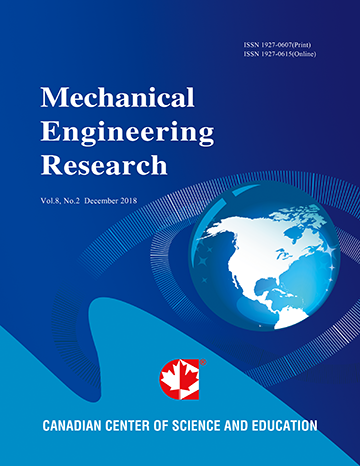Contradictory Postulates of Singularity
- Kyle Baker
- Eryn Culton
- Joshua Ten Eyck
- Zachary Lewis
- Timothy Sands
Abstract
Modification of rigid body angular momentum permits controlled rotational maneuvers, and one common momentum-exchange actuator contains challenging mathematical singularities that occur when the actuator geometrically aligns perpendicularly to the commanded torque direction. Substantial research has arisen toward singularity avoidance, singularity escape (when avoidance fails), and singularity penetration which permits safe flight through regions of singularity. The latter two in particular, singularity escape and penetration require mathematical calculations of singular and near-singular quantities (very large numbers) using constituent numbers that are sometimes very small. This dichotomy leads to interesting peculiarities in some specific geometries. This short communication critically evaluates three often spoke postulates for defining singularity and the axioms that accompany the postulates. Researchers using disparate postulates arrive at contradictory conclusions about singularities, and we examine these peculiarities, leading to a few conclusions. Singular conditions must never be declared in the abstract without consideration for the commanded maneuver (e.g. the claim “the CMG system is singular”). Seeking the true angular momentum capability at near-planar skew angles, this research concludes that performance prediction is difficult installations at low skew angles should be avoided whenever permissible to enhance abilities of mathematical calculations. It will be shown that maximum momentum performance is easily predicted at very high and very low skew angles, and performance will be shown to be lowest at mid-values of skew angle. Meanwhile, maximum singularity-free performance remains elusive at even modestly low skew-angles.
- Full Text:
 PDF
PDF
- DOI:10.5539/mer.v9n2p28
Contact
- Lenna BaiEditorial Assistant
- mer@ccsenet.org
